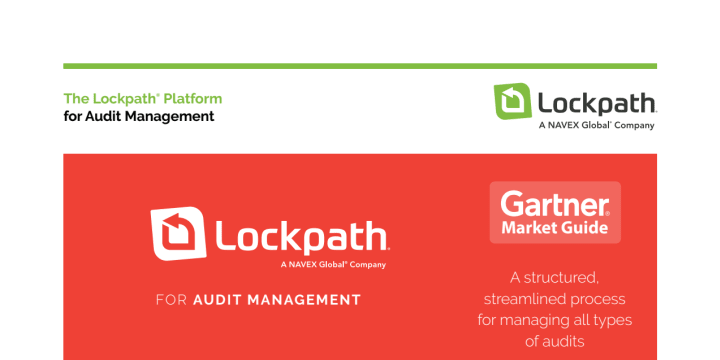
Sarbanes-Oxley Act (SOX) Compliance
The Sarbanes-Oxley Act (SOX) was passed in 2002 by the U.S. Congress in order to protect shareholders and the general public from accounting errors and fraudulent practices in enterprises, as well as to improve the accuracy of corporate disclosures. It established strict financial reporting and security protocols within publicly traded companies.




